BIRD WATCHING - on Ambergris Caye Today we're going up North of Ambergris Caye, to take the boys on a bird watching tour. We don't know what we're going to see, but let's check it out. Before we make the trek up north, we decided to stop for a little snack. 303-Belize, is a palapa restaurant up north, one of our favorite hangouts. It's the closest thing you'll get to a ski-resort in Belize. The boys enjoyed the beach, the swings, the food, and all the birds. 303 Belize While we were having our snack at the restaurant, we were able to see six (6) different birds, right from our table. COASTAL BIRDS ON AMBERGRIS CAYE
Continuing North on Ambergris Caye Lunch at 303-Belize, was a great start to our bird watching adventure. After our bite to eat, we hopped back on the cart and headed north (to Secret Beach). We wanted to see what kind of birds we would see in the bushes and waters around this area. As we approached Captain Morgan's Resort (to the right, reef side), we spotted several Roseated Spoonbills feeding in pond waters. Slightly behind the Roseated Spoonbills in the grass, was a group of (10-15) large black birds. We pulled the cart around to take a closer look, apparently they were feeding on something in the grass. Marcy recognized them first off, those are Black Vultures! They didn't seem to be bothered by us staring at them, as they pranced around airing out their wings, to cool down. Roseate Spoonbill Spotting a Roseate Spoonbill (to me), was the highlight of the entire trip. I have been wanting to see this bird for sometime. I am simply fascinated by their pink color, and felt they are one of the prettiest birds on Ambergris Caye because of it. So to spot these, was a real find (at least to me), and made the entire trip today worth it. Roseate Spoonbill - Can be found in lagoons, flooded rice fields, and shrimp farms. They are a fairly common resident along the coastal belt here in Belize. They nest in Shipstern Lagoon and on the cayes in Chetumel Bay. So you might ask, how do these birds get their pink color? Spoonbills eat shrimp, shrimp eat algae, and the algae make their own red and yellow pigments, called carotenoids. Some scientists believe that the pink coloration that roseate spoonbills acquire as they mature is due to their diet of carotenoid-rich organisms like shrimp. The more they eat, the pinker they get. Black Vultures Black Vultures - Can be found in nearly every habitat in Belize, except unbroken dense forest and open ocean. The vulture most likely is to be found feeding in urban areas and on beaches. It nests in the cavities of dead trees and is a very common bird to see on Ambergris Caye. Morelet's Crocodile As we continued up north (eagle eye) Marcy, spotted a juvenile crocodile in a "water ditch" alongside the road. This of course added some excitement to the trip, the crocodile was not amused at being gawked at (from afar), so he submerged underwater for some privacy. The Morelet's Crocodile - Is a small crocodile, seldom exceeding 10 feet in length. These larger animals can be considered dangerous to humans. This crocodile primarily inhabits freshwater lakes, rivers and ponds. The female will build a large nest of twigs and rotting vegetation and lay up to 3 dozen eggs. The Morelet's Crocodile eats a variety of prey, including aquatic invertebrates, fish, small mammals and birds. These crocodiles are normally shy and timid, though the larger ones should be considered dangerous to humans. Prior to 1981, the Morelet's Crocodile was hunted heavily in Belize for its hide. At the time of the passing of the Wildlife Protection Act, the number of crocodiles was few. The population has since rebounded and they can be found in most of the lowland interior rivers and ponds. Sandpipers in the Mud Flats As we continued on, we spotted sandpipers in the mudflats. This was also an exciting find. Practically right in front of us and so small we hardly even noticed them, if they hadn't moved. This is a very tiny bird. Western Sandpipers - Can be found in shrimp farms, rice fields, sandflats, mudflats and beaches. They are common to very common autumn transient in coastal lowlands and cayes. As with most shorebirds, they congregate at shrimp farms, where a thousand or more can be seen on some days in autumn. HERONS We were able to see a number of herons on our bird tour going north. On the way to Secret Beach, we saw an 1) Agami Heron 2) Great Egret and 3) Great Blue Heron. All of these were spotted along the low ponding water/mangrove area along side the road going to Secret Beach. Agami Heron - Not being an experienced birder, I have searched my book through and through several times and the only bird that comes close to what I saw was the Agami Heron. They are typically found on the mainland in dry season. The only thing close to it is the Tri-Colored Heron, but the bird I saw had red on his neck. They can be found in dense foliage along edges of swamps, rivers, lagoons; best seen on exposed shorelines in dry season. Nests in mangroves. Great Egret - Can be found mostly in unforested areas with standing water. They nest in small colonies on small mangrove islands. They are a common winter visitor here in Belize. Great Blue Heron - Can be found in most wet areas that are not densley forested; especially common at shrimp farms and shallow lagoons. Fairly common winter visitor in lowlands throughout, including cayes from August to May. Magnificent Frigatebirds These birds can be found in estuaries and other coastal areas, inshore and offshore waters, mangrove cayes. They nest in large colonies in mangroves. There is a large nesting colony on Man-o-War Caye, and a smaller colony on Half Moon Caye. They are common all-year round and can be found along the mainland coast, and on all the cayes. How can you tell the difference between a male or female Frigatebird? Simply look at the chest feathers. Females have white chest feathers and males have black chest feathers, along with a red pouch. Pirates of the Sky These birds are called the "pirates of the sky", because they steal the food from other birds. Often in flight, they will swoop down and grab a tasty lunch from an un-suspecting gull. Bird watching allows for great quality time together. This was a great day together. Bird watching is an enjoyable activity for people of all ages. The boys got a kick out of trying to see, who could find the next bird. The more you learn about birds, the more enjoyable it is, and the more you slowly become hooked on the entire experience. We will definitely be doing this again. Often the excitement for each adventure - is not knowing what you're going to see. Today was a day well spent together, the boys enjoyed it immensely. Thus ends another adventure for (2) boys in Belize. Hope you enjoyed our first post, we're going to have many more just like this one.
0 Comments
Your comment will be posted after it is approved.
Leave a Reply. |
Nani Turley
This lovely lady I'm sitting next to (is Roman's mom), the mother to my grandson. Together, we are going to take the boys (Jaymin & Romen - Jaymin being my other grandson), on a series of adventures throughout the country of Belize. This is our photo diary of those adventures, to share with you. Many of these adventures can be enjoyed by families (just like us), while traveling on vacation in Belize. Archives
July 2022
Categories
All
Bucket-List For Kids
Scratch Off As You Go
Things to do w/ KidsAmbergris Caye
Bird Watching - Ambergris Caye Chicken Drop Crab Races - Nauti Crab Culture House - San Pedro Feed the Birds - Off the Dock Fishing - From a Dock Fishing - Deep Sea 1/2 day Fishing - Reef 1/2 day Fishing - Fly Fishing 1/2 day Fishing - Flat Fishing 1/2 day Sailing - Day Sail Caye Caulker Sailing - Around the Island Sailing - Manatee Watch Snorkeling - Mexico Rocks Snorkeling - Hol Chan Reserve Snorkeling - Shark Ray Alley Shopping - Island Gift Shops Swimming - Secret Beach Swimming - Boca del Rio Tour - Belize Chocolate Factory Tour - Caye Coffee Factory Tour - Crocodile Encounter Tour - Marco Gonzales Mayan Site Tour - Paradice Ice Cream Factory Truck Stop - Kids Movie Night CAYE CAULKER Caye Caulker Split Things to do w/ KidsMAINLAND BELIZE
ATM Cave Exploring ATV Jungle Dirt Bikes Baboon Sanctuary Barron Bliss Lighthouse Belize Zoo - All indigenous Animals Bird Watching - Crooked Tree Black Hole Cave Rappelling Blue Hole National Park Butterfly Farm Cockscomb Wildlife Sanctuary Culture House - Belize City Cave Tubing Cave Canoeing - Barton Creek Cave - St. Herman's Cave Green Iguana Conservation Hiking - Mt. Pine Ridge Horseback Riding in Rainforest Horse & Buggy Ride Belize City Old Belize - Belize City Old Belize Cultural Center Ruins - Altun Ha Mayan Ruins Ruins - Cahal Pech Mayan Ruins Ruins - Caracol Mayan Ruins Ruins - Lamanai Mayan Ruins Ruins - Xunantunich Mayan Ruins Ruins - Tikal (Guatemala) San Ignacio Food Market Swing Bridge - Belize City Tour - Banana Farms Tour - Chocolate Farms Tour - Museum of Belize Zip Lining in Rainforest Foods to TryFun Things to Eat with Kids
Soursap Ice-Cream Salbutes Papusas Panadas Stewed Chicken Rice & Beans Chicken Quesadillas Custard Apples Dragon Fruit Lime Juice Watermelon Juice Horchata Birds to FindCommon Birds on Ambergris Caye
White Pelican Brown Pelican Seagulls Royal Tern Tropical Mockingbird Magnificent Frigatebird White Winged Dove Double Crested Cormorant White Ibis Blue Heron Black Vultures Great Kiskadee Animals to SeeCommon Animals Found on Ambergris Caye
Green Iguanas Black Iguanas American Crocodiles Raccoons Anteaters |

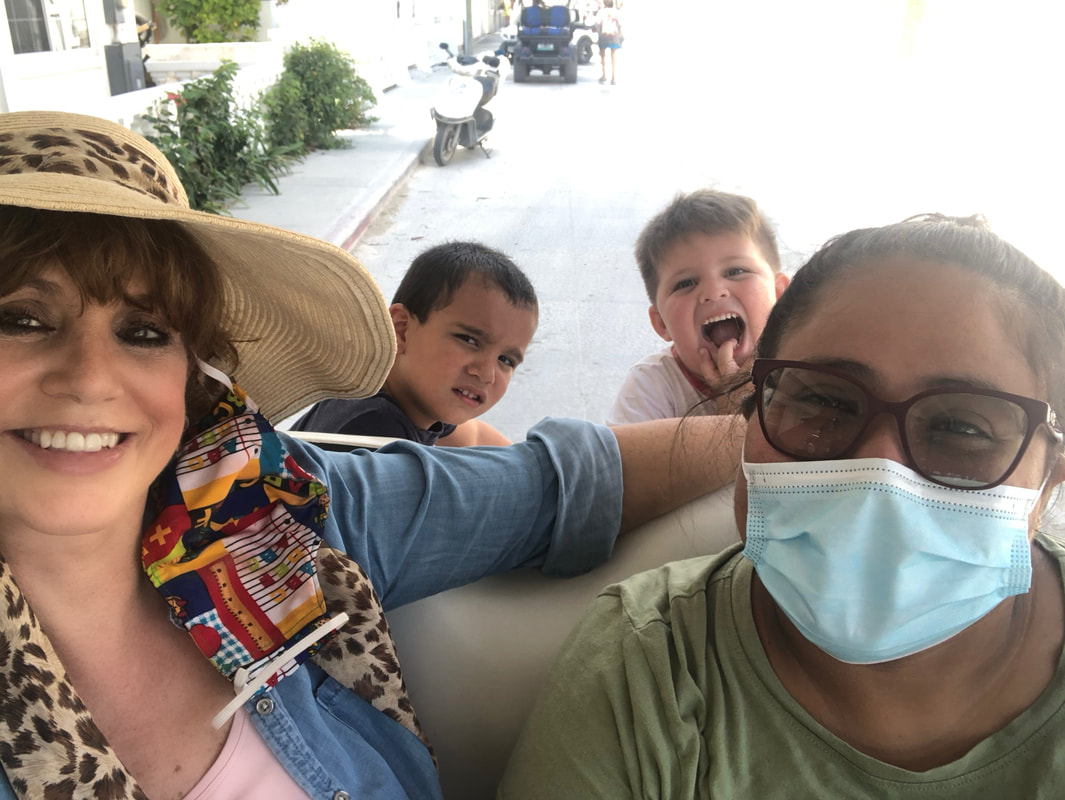
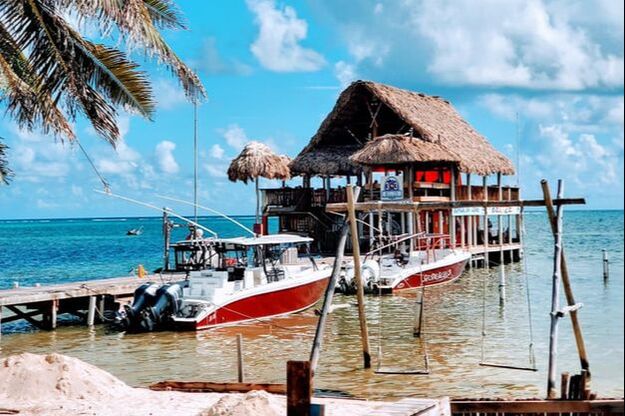
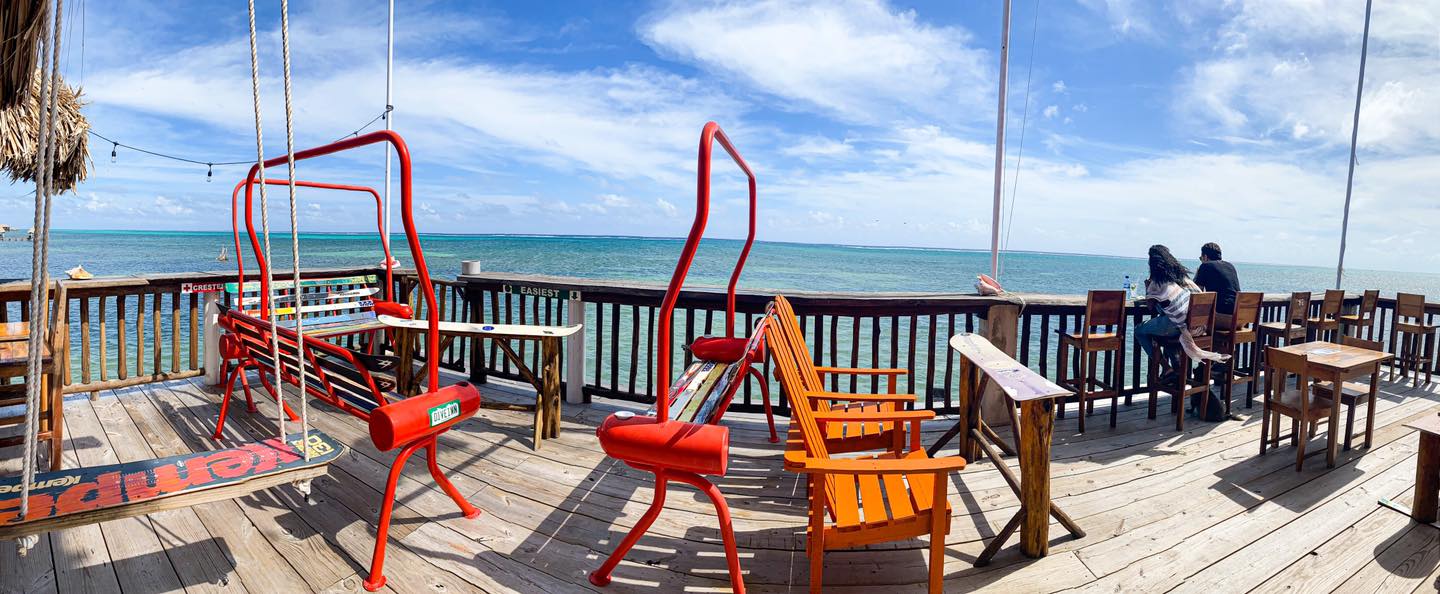
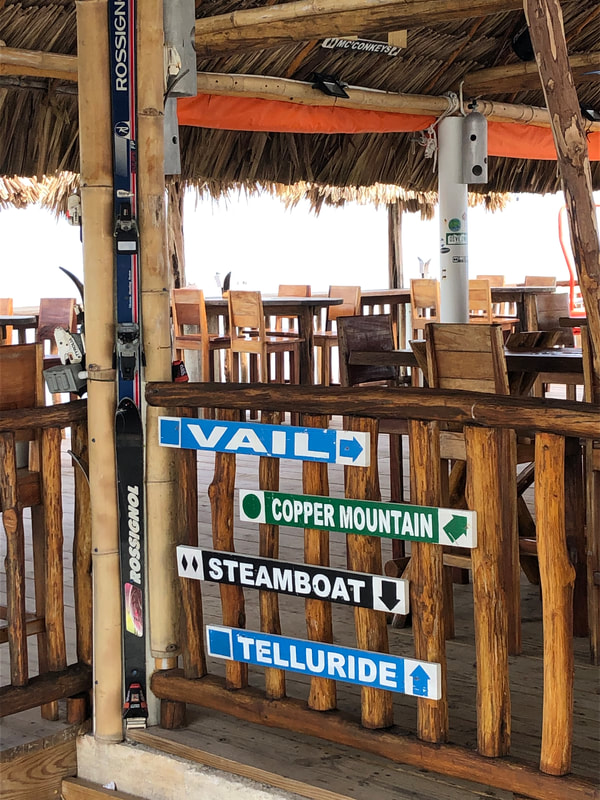

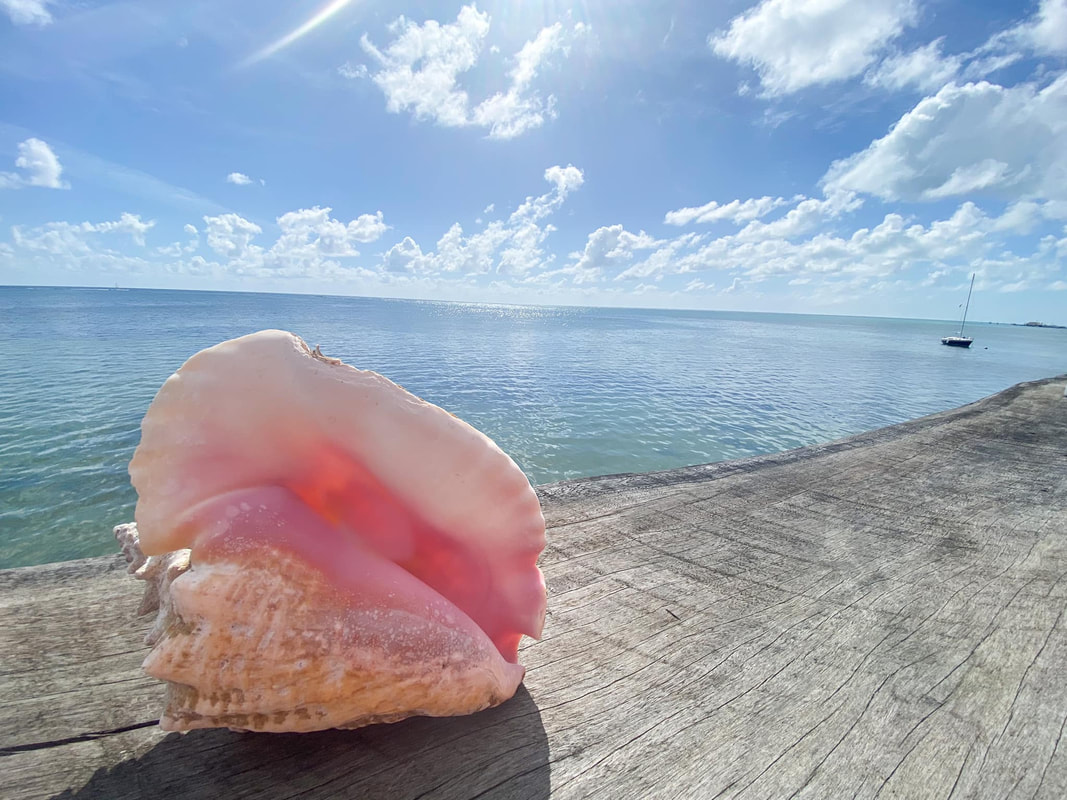
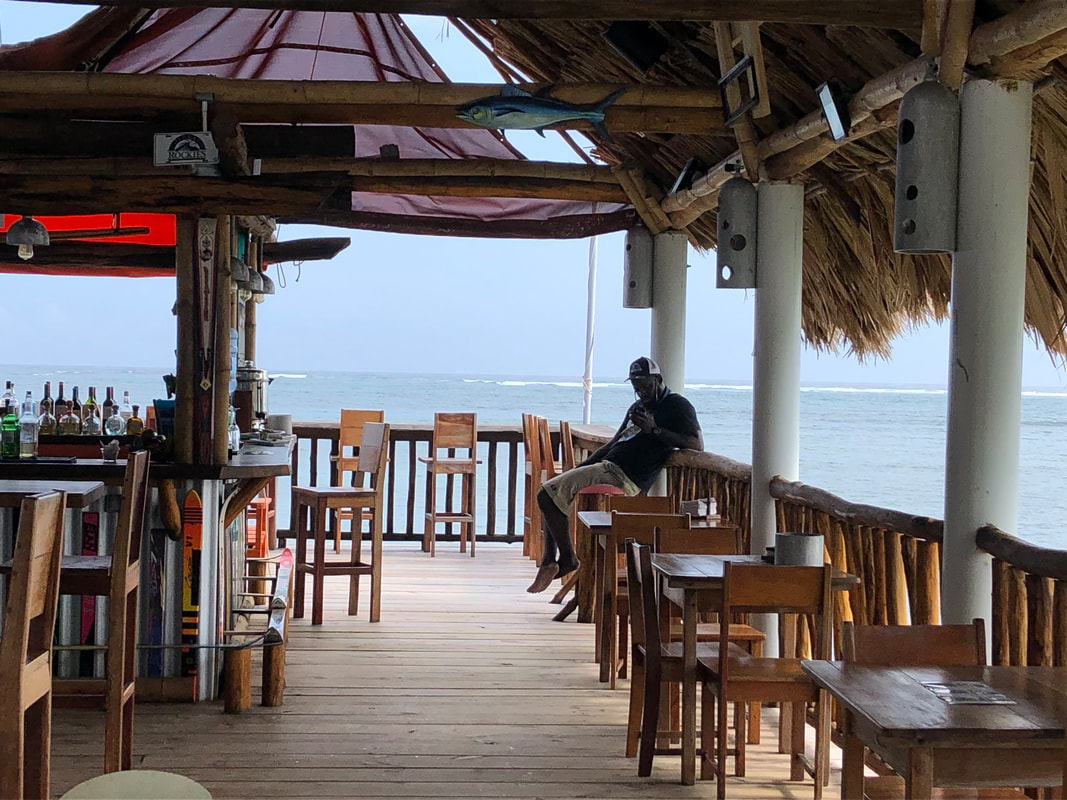
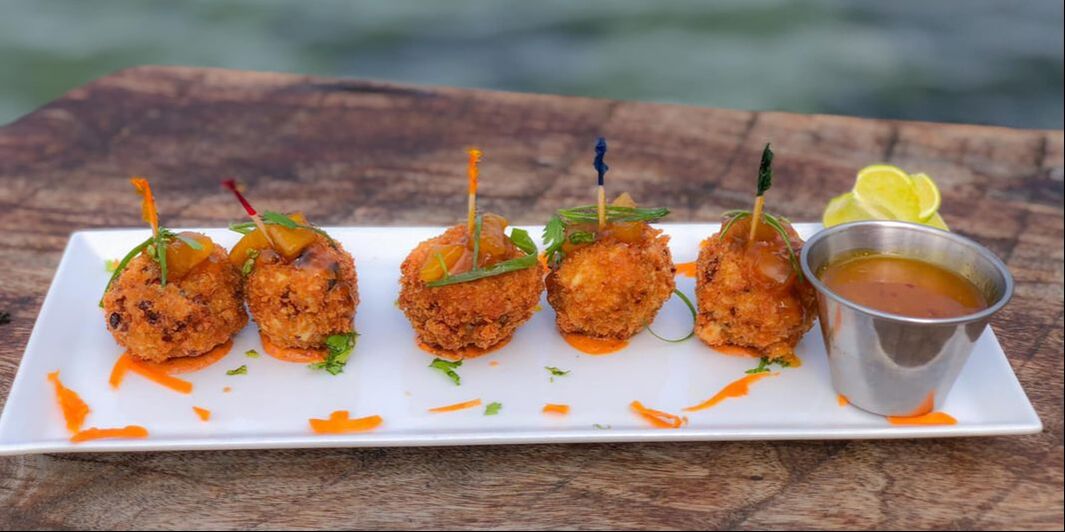
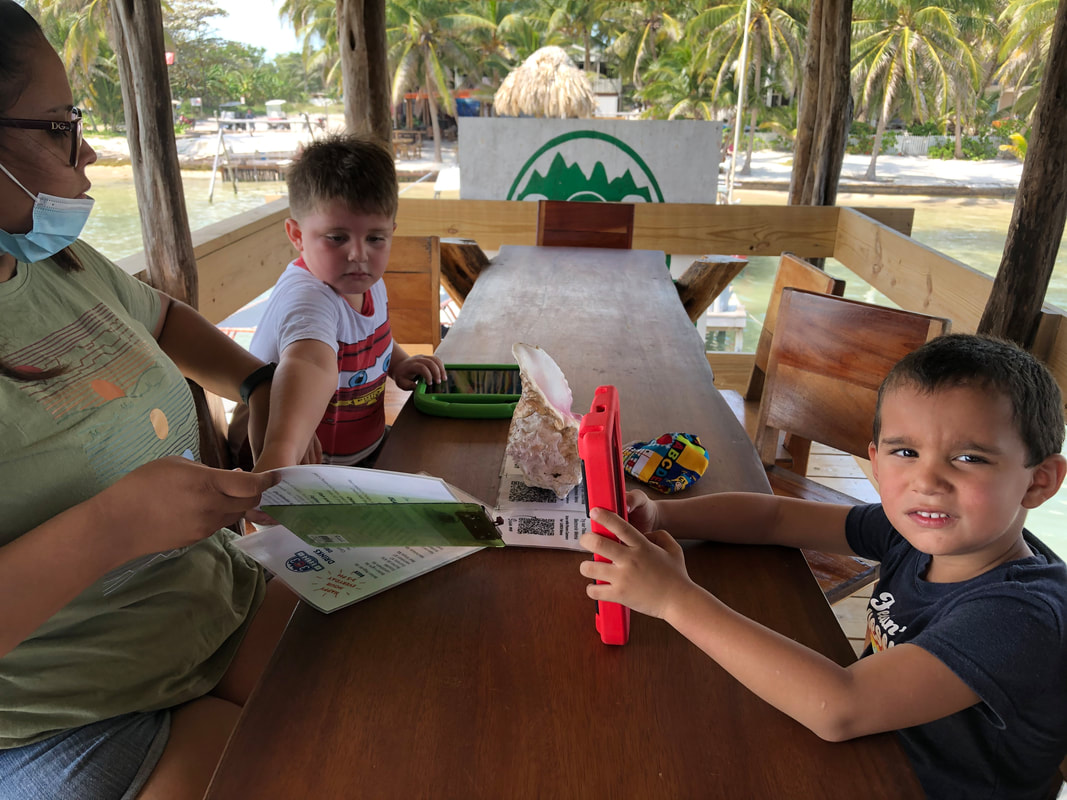
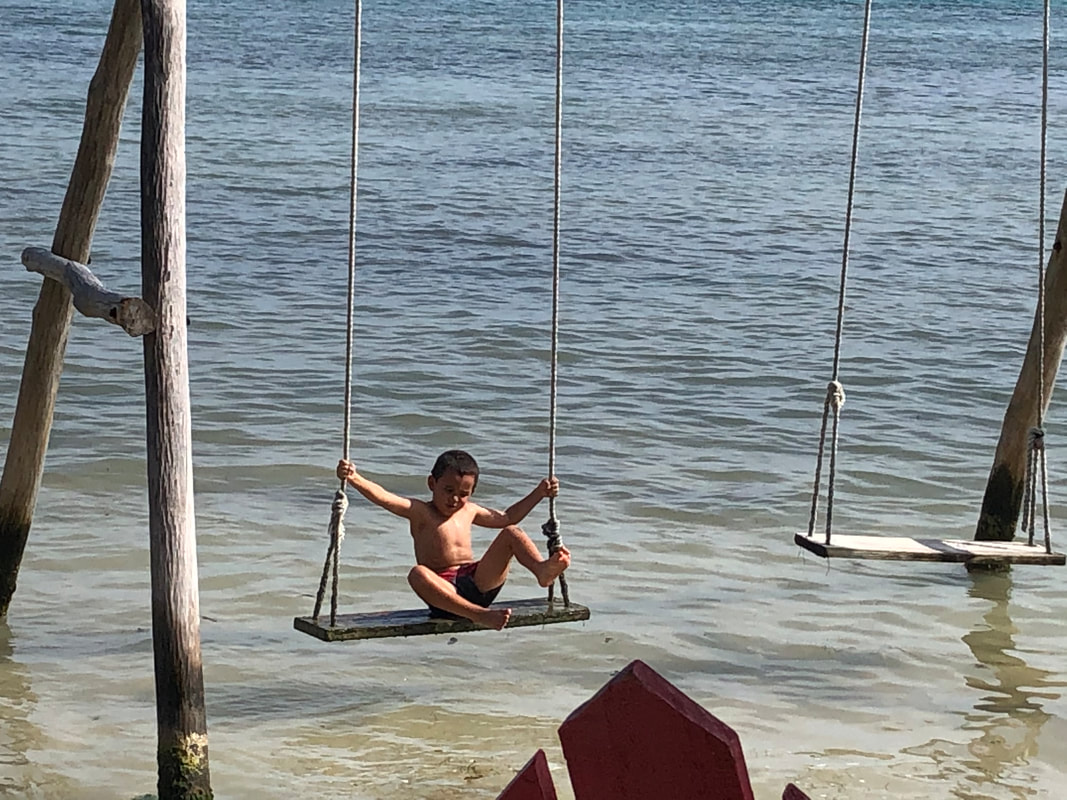
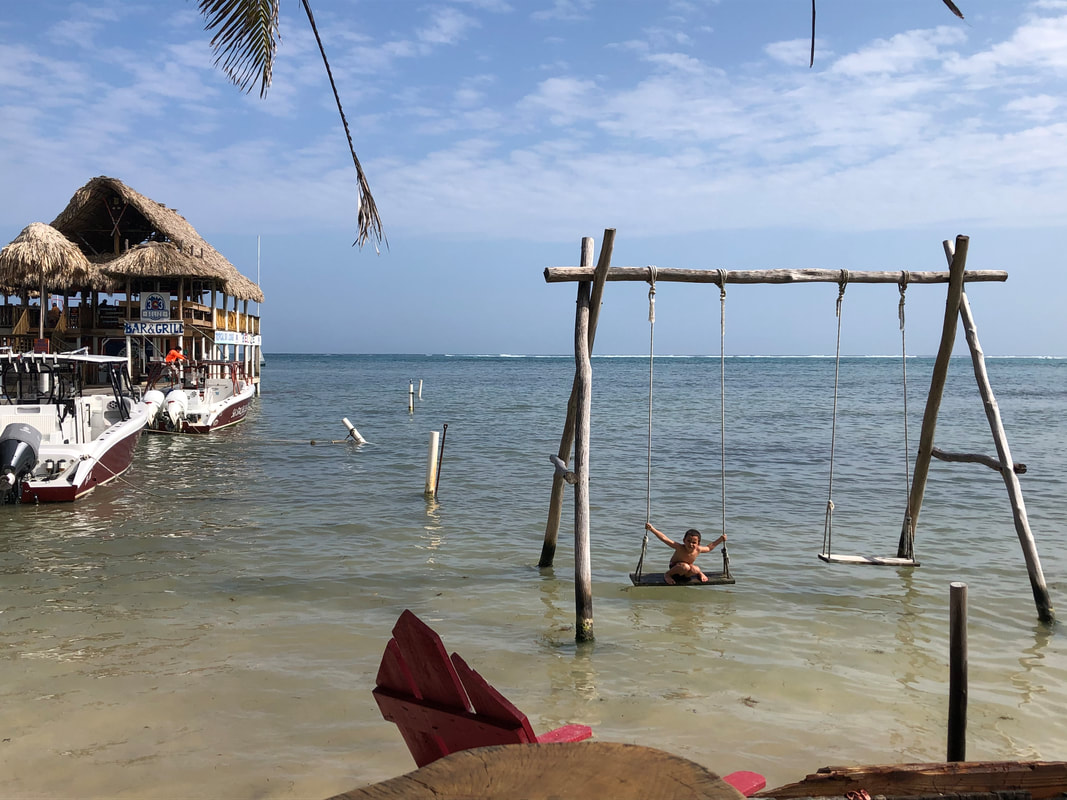
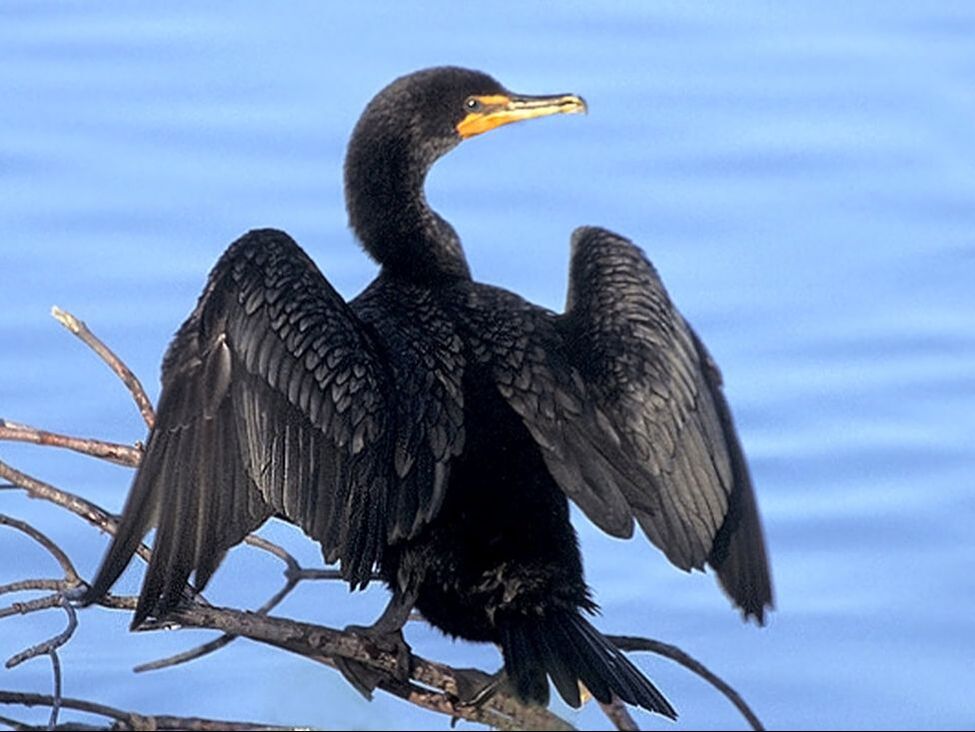
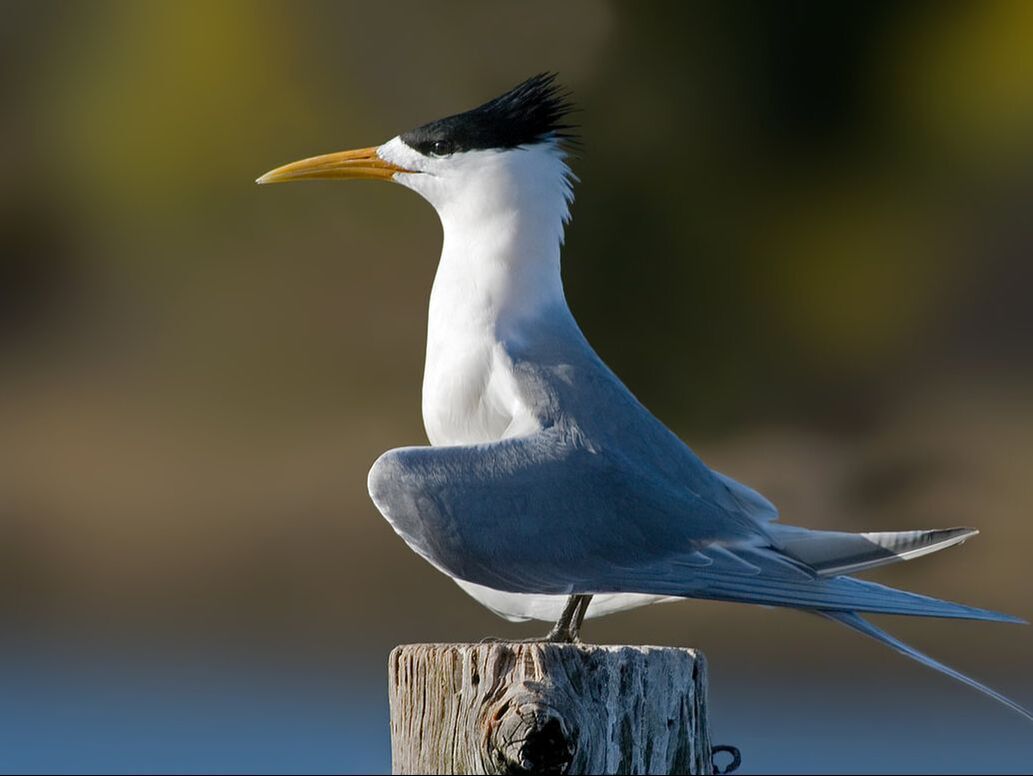
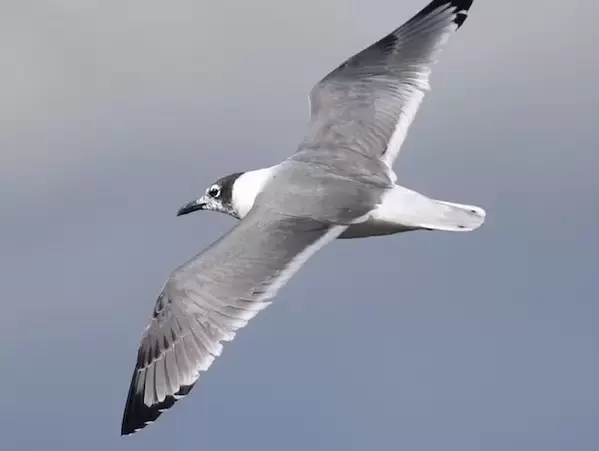
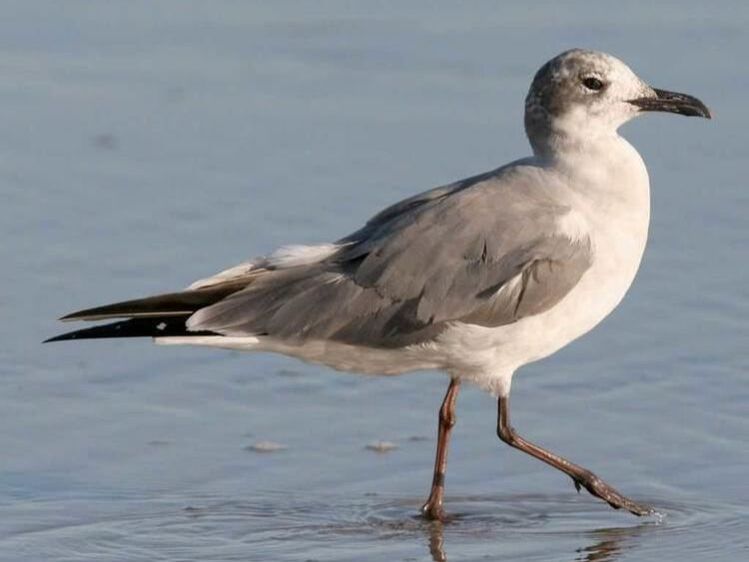
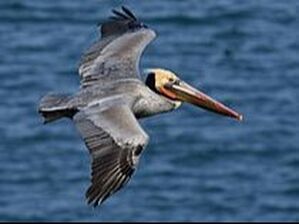
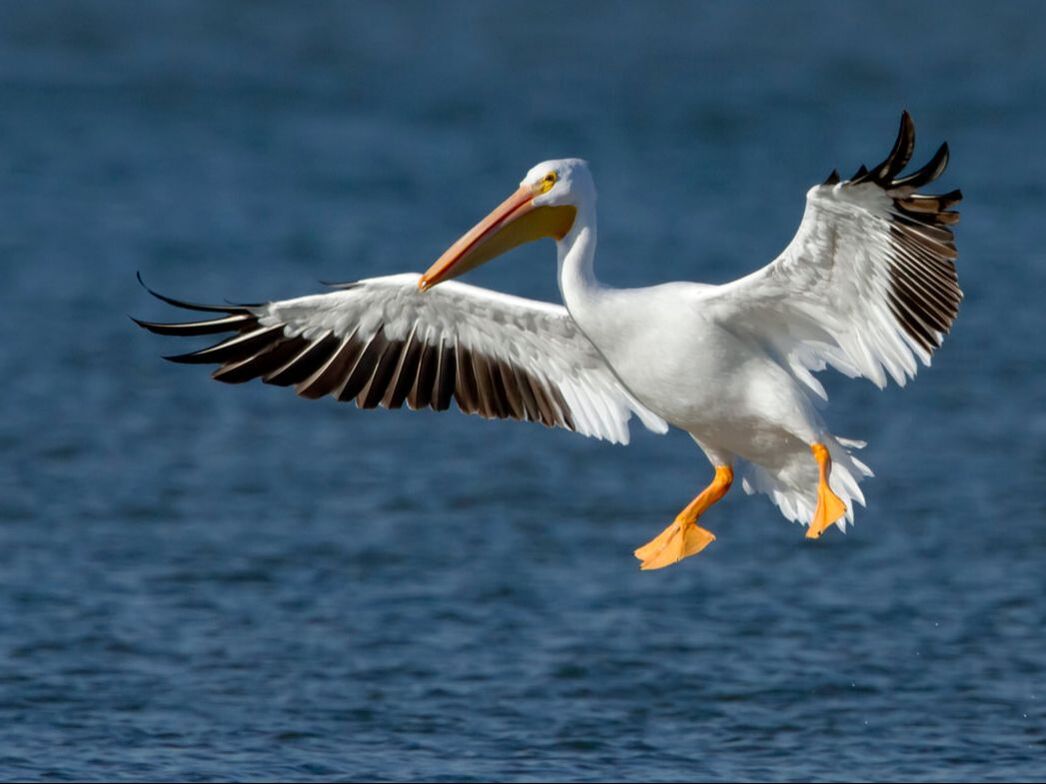
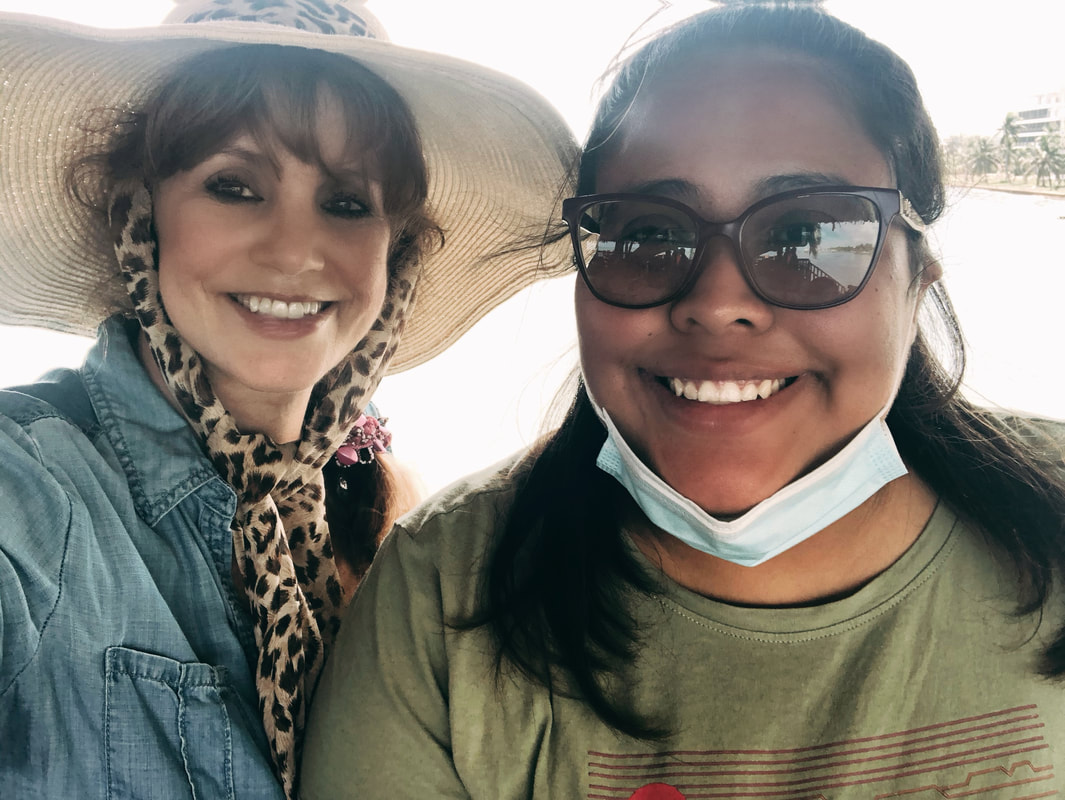

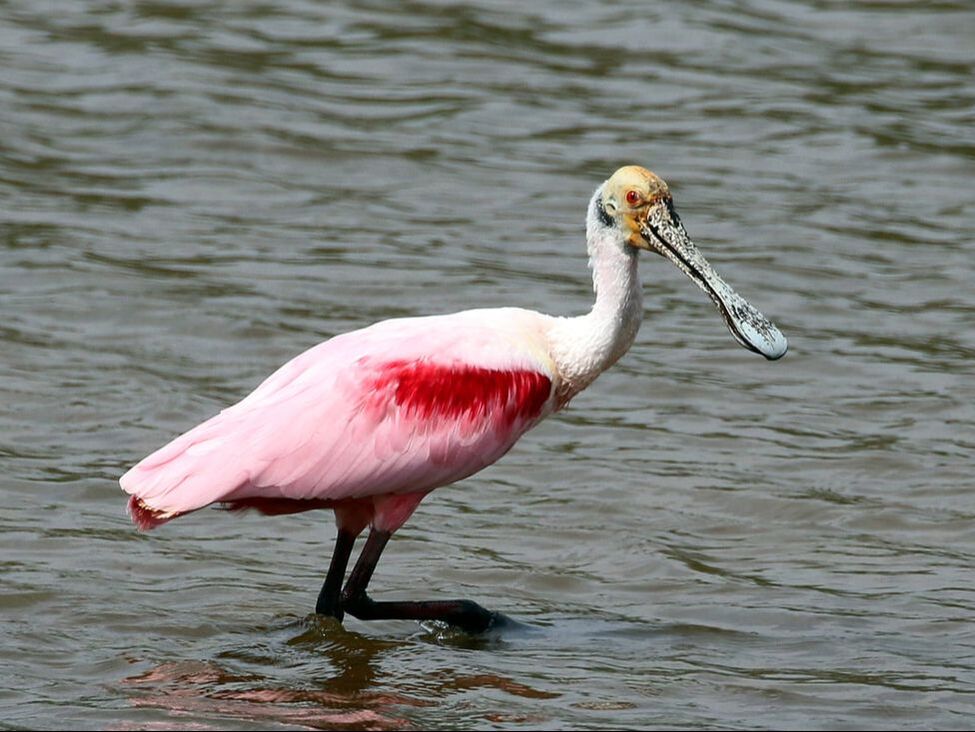
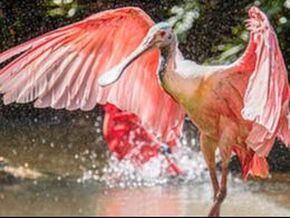

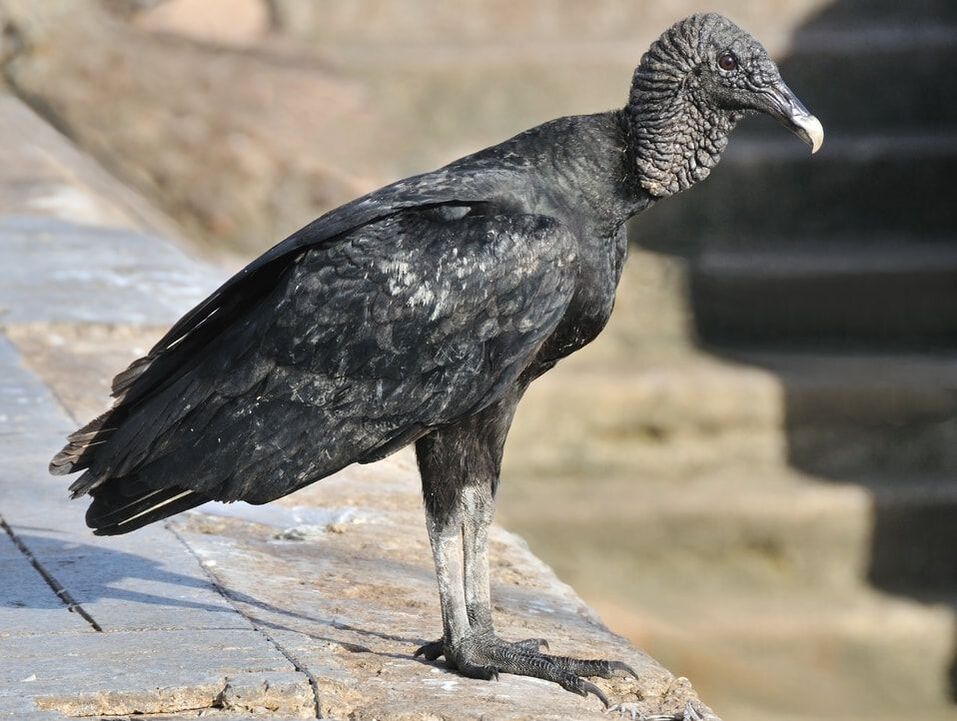
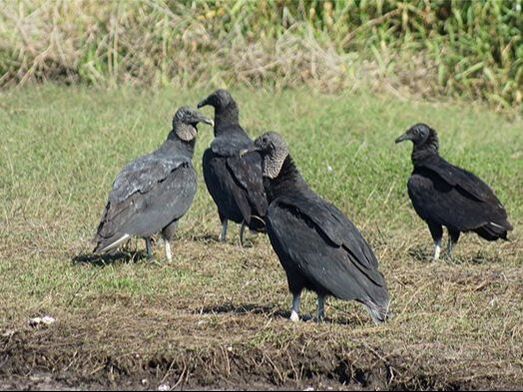
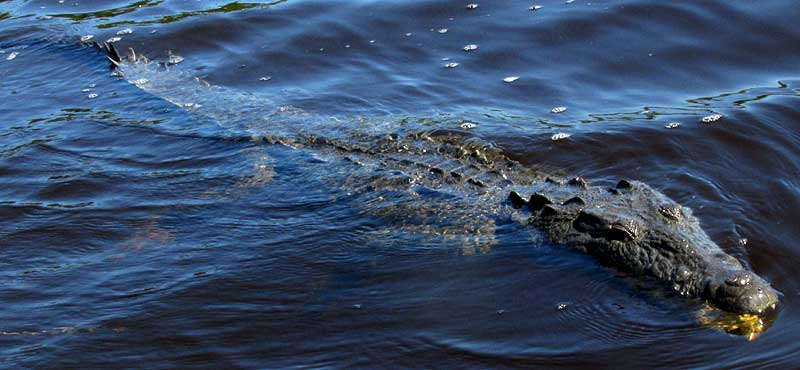
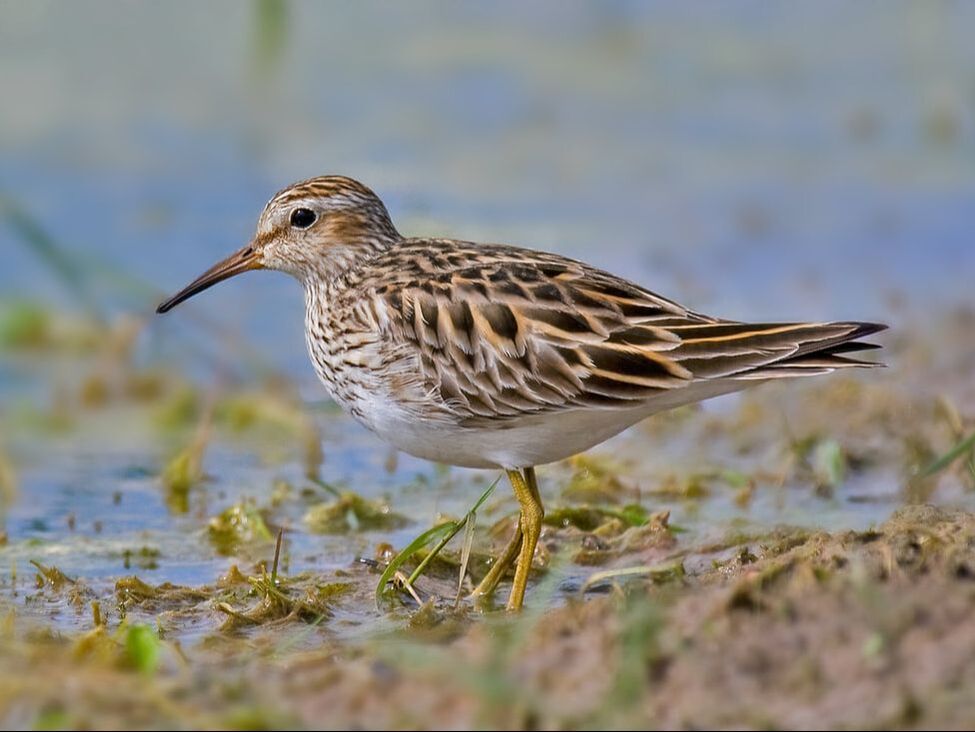
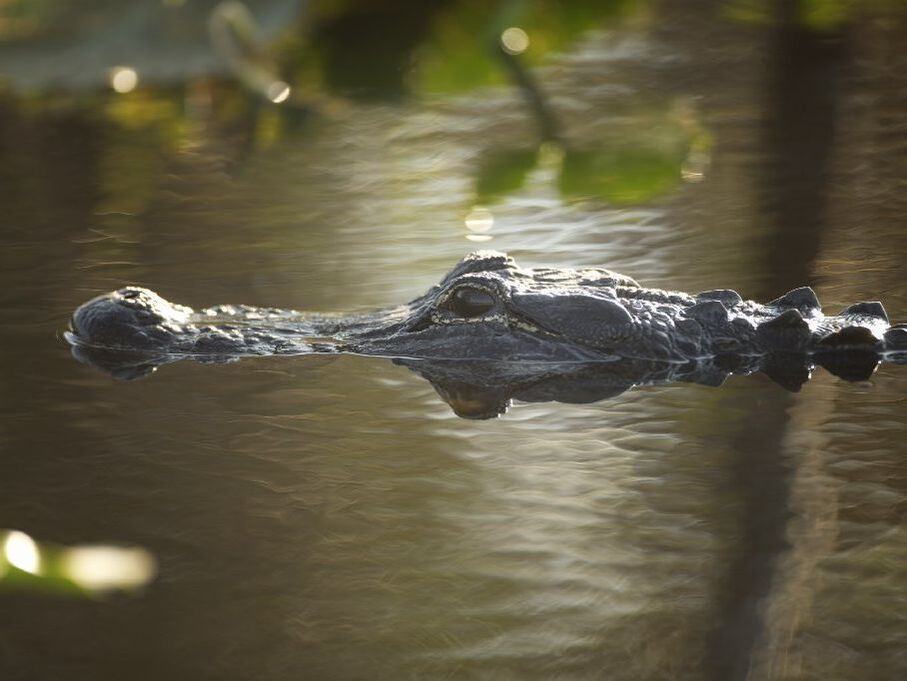
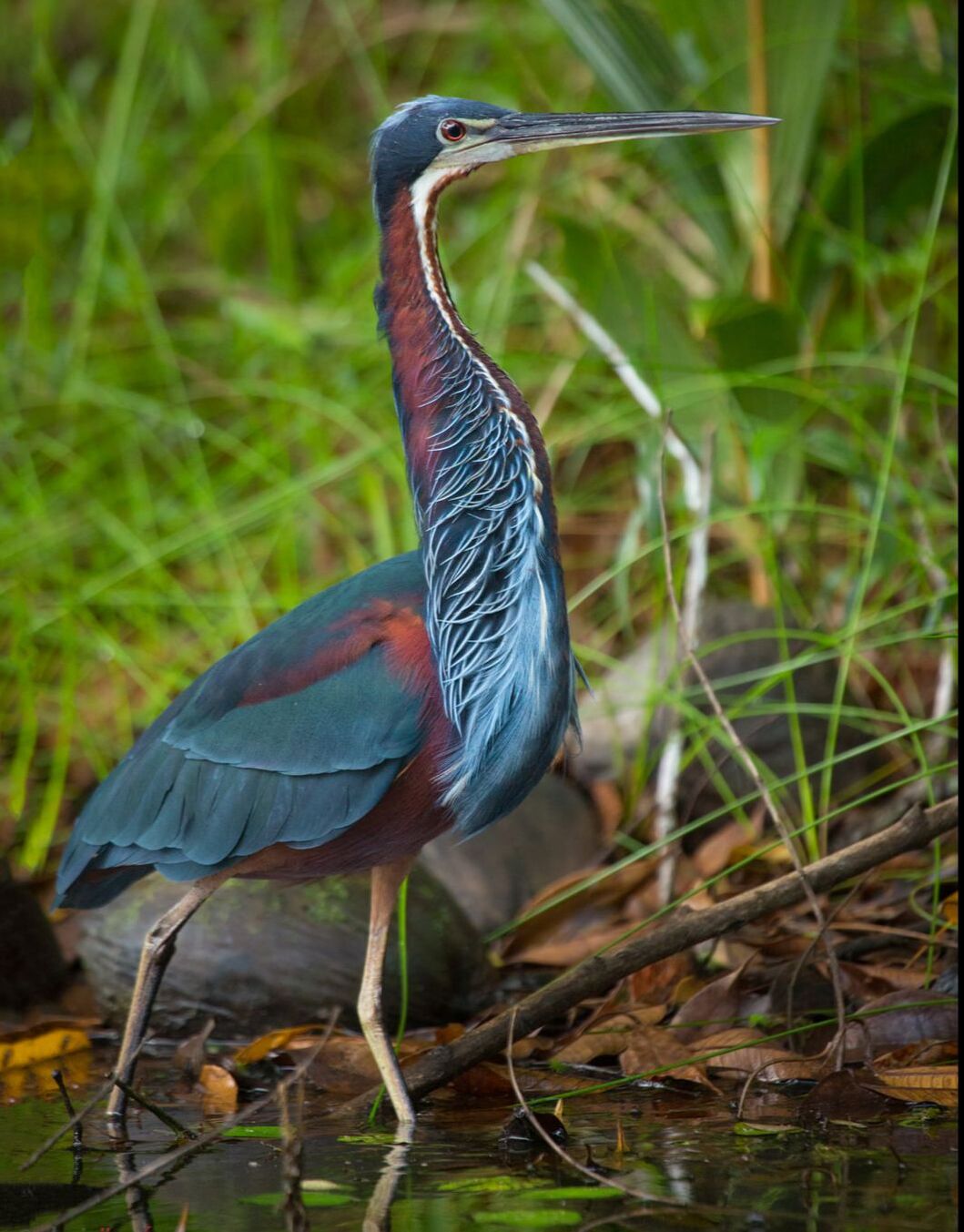
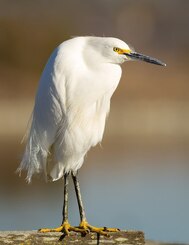
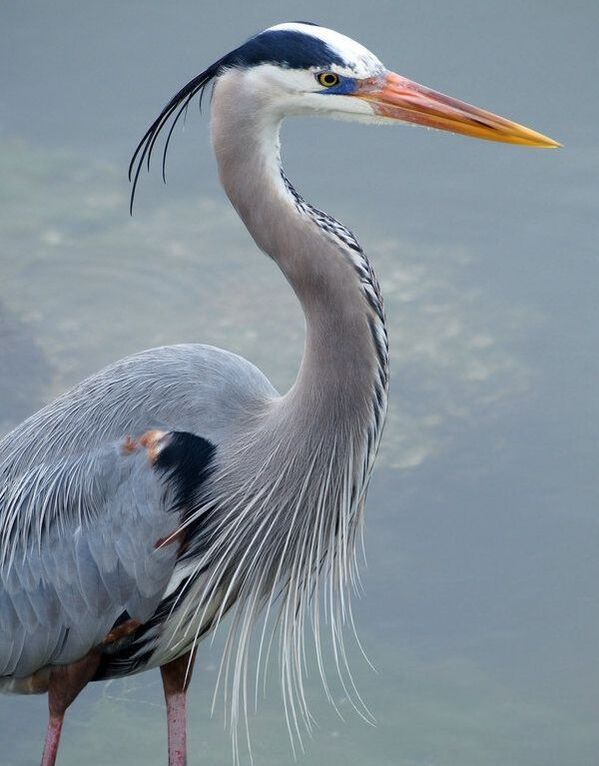
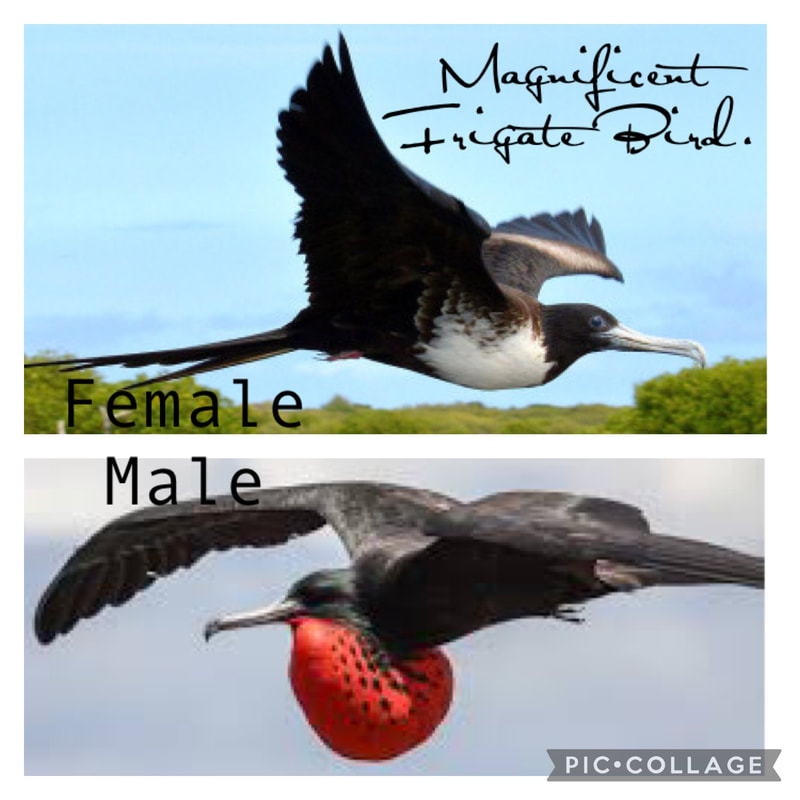
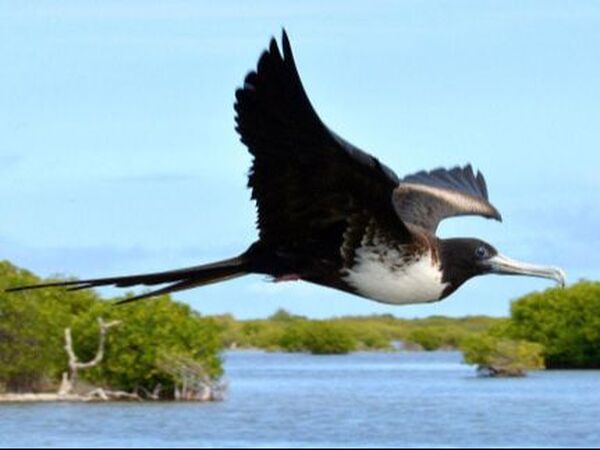
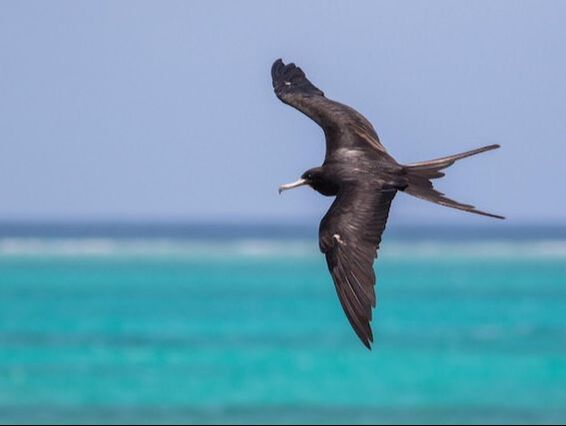
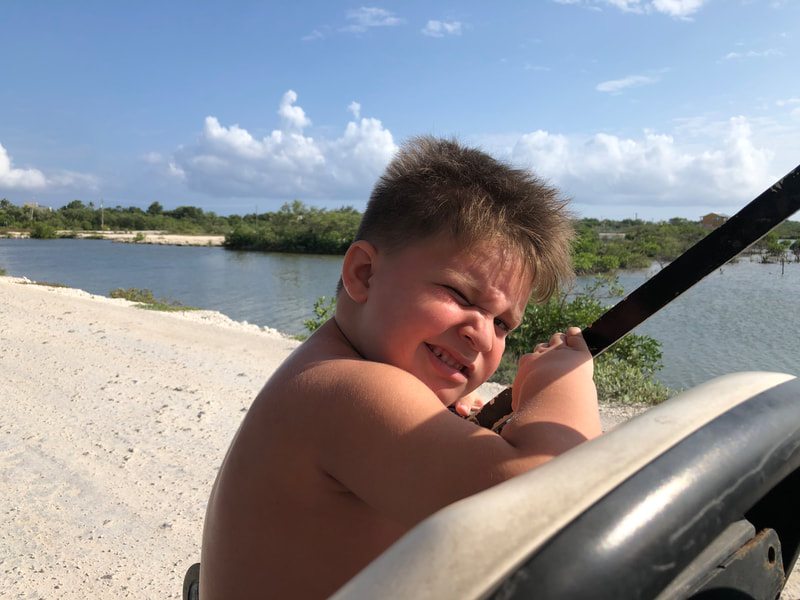
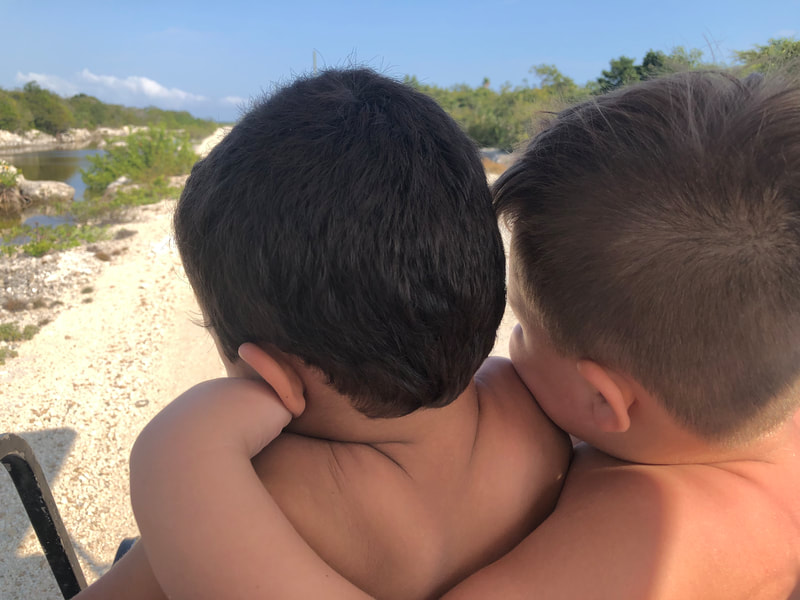
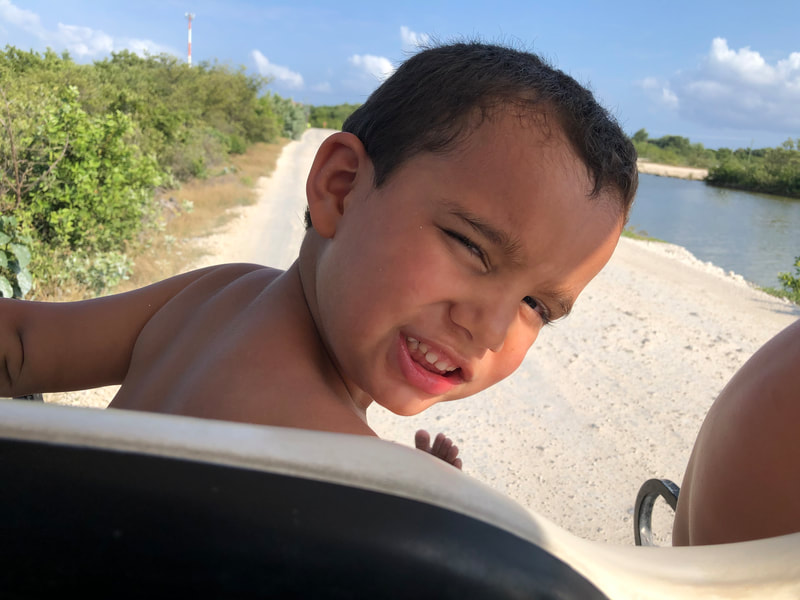
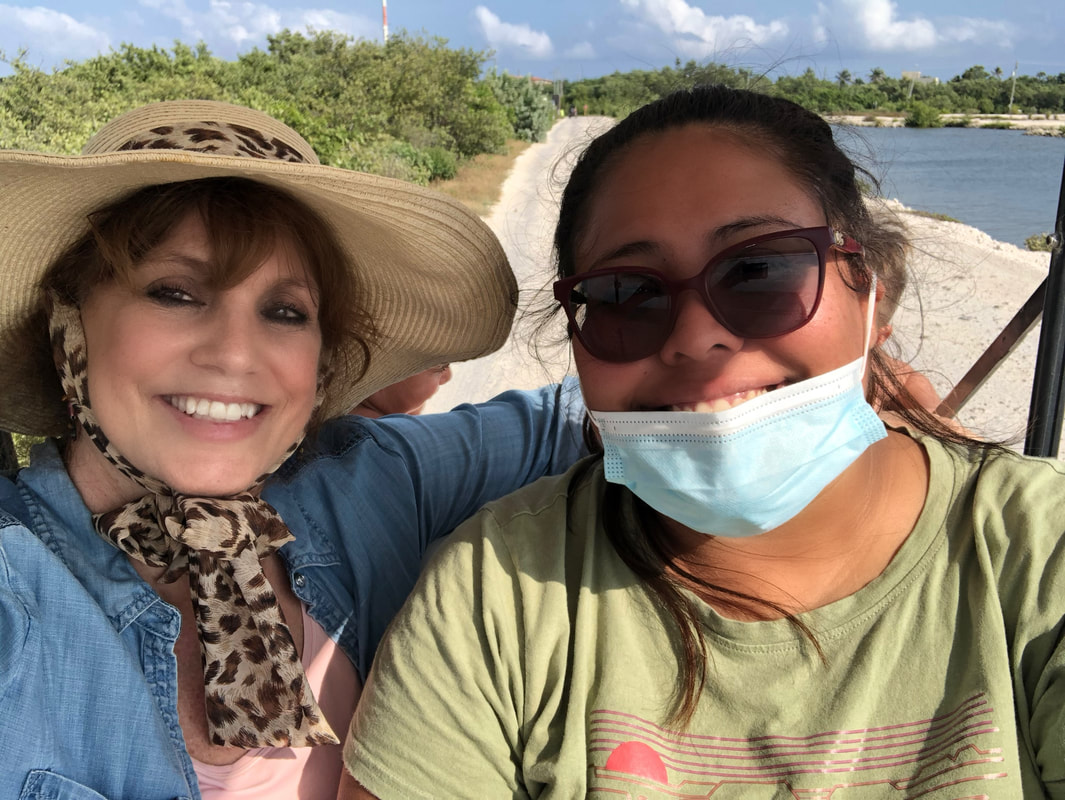
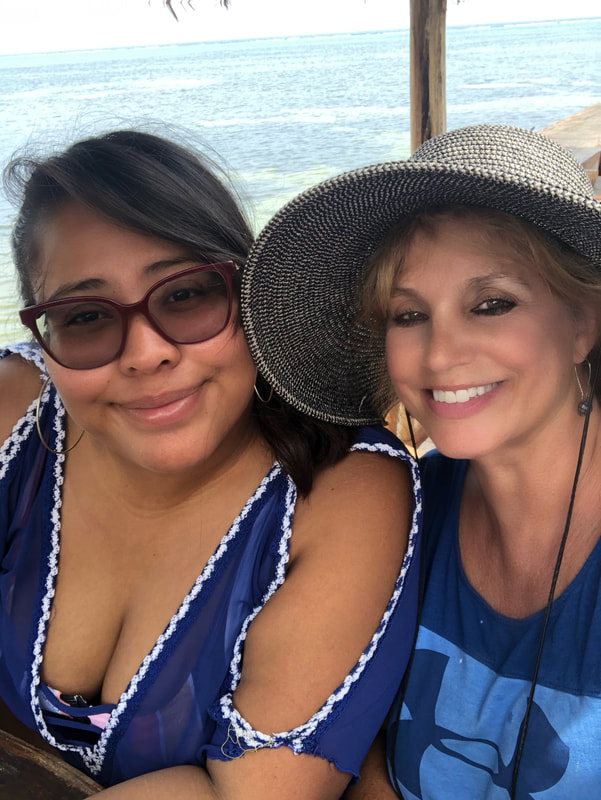
 RSS Feed
RSS Feed
